
Aloe Plant Brown Leaves: Common Reasons and Fixes
If you’ve noticed your aloe plant’s leaves turning brown, don’t panic just yet. There are several common reasons why this might be happening, and fortunately, there are also practical solutions to fix and prevent this issue. In this post, we’ll explore the most common reasons for aloe plant brown leaves and provide you with actionable tips to keep your aloe plant healthy and vibrant. Whether you’re a seasoned plant enthusiast or a beginner looking to care for your aloe plant, this post will help you understand and address this common issue.
Table of Contents
ToggleUnderstanding Aloe Plant Brown Leaves
When you notice your aloe plant’s leaves turning brown, it can be concerning but it’s important not to panic. There are several common reasons for this issue, and there are practical solutions to fix and prevent it. One common reason for brown leaves on an aloe plant is overwatering. Aloe plants do not require frequent watering, so if the soil is consistently wet, the roots can become waterlogged and the leaves may turn brown. Another common reason is underwatering, as aloe plants do need some water to thrive. Additionally, exposure to direct sunlight can cause the leaves to sunburn and turn brown. To address these issues, make sure the aloe plant is in well-draining soil and only water it when the top two inches of soil are dry. Place the plant in a location with bright, indirect sunlight to prevent sunburn. With proper care and attention, you can keep your aloe plant healthy and vibrant.
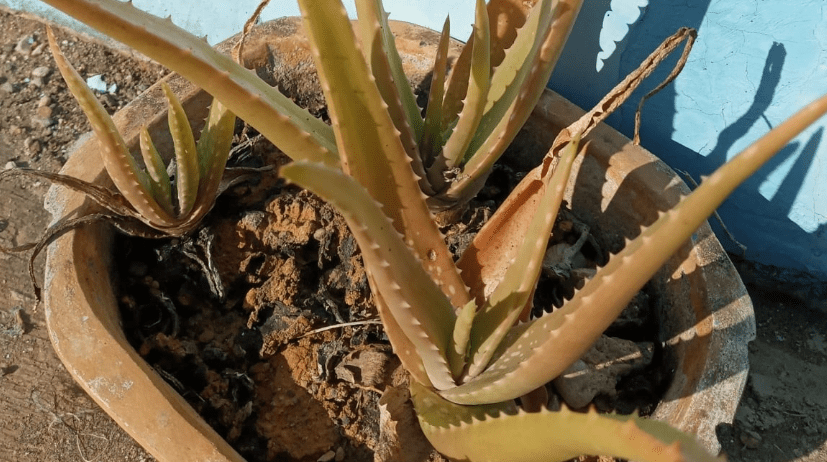
Common Reasons for Aloe Plant Brown Leaves
Overwatering
Is one common reason for brown leaves on an aloe plant. Aloe plants do not require frequent watering, so if the soil is consistently wet, the roots can become waterlogged and the leaves may turn brown. On the other hand, underwatering can also cause brown leaves, as aloe plants do need some water to thrive. Additionally, exposure to direct sunlight can cause the leaves to sunburn and turn brown. To address these issues, make sure the aloe plant is in well-draining soil and only water it when the top two inches of soil are dry. Place the plant in a location with bright, indirect sunlight to prevent sunburn. With proper care and attention, you can keep your aloe plant healthy and vibrant. Remember, it’s important to find the right balance of water and sunlight to keep your aloe plant looking its best.
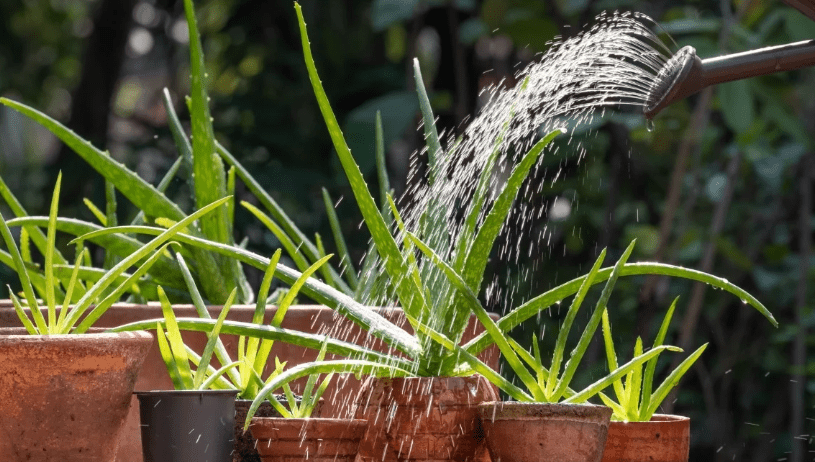
Underwatering
Your aloe plant can cause the leaves to turn brown, just like overwatering can. Finding the right balance is key to keeping your plant healthy. Aloe plants don’t need frequent watering, but they do need some water to thrive. If the soil is consistently wet, the roots can become waterlogged and the leaves may turn brown. On the other hand, if you don’t water your aloe plant enough, the leaves can also turn brown. To address these issues, make sure the aloe plant is in well-draining soil and only water it when the top two inches of soil are dry. Additionally, exposure to direct sunlight can cause the leaves to sunburn and turn brown. To prevent this, place the plant in a location with bright, indirect sunlight. With proper care and attention, you can keep your aloe plant healthy and vibrant. It’s important to find the right balance of water and sunlight to keep your aloe plant looking its best.
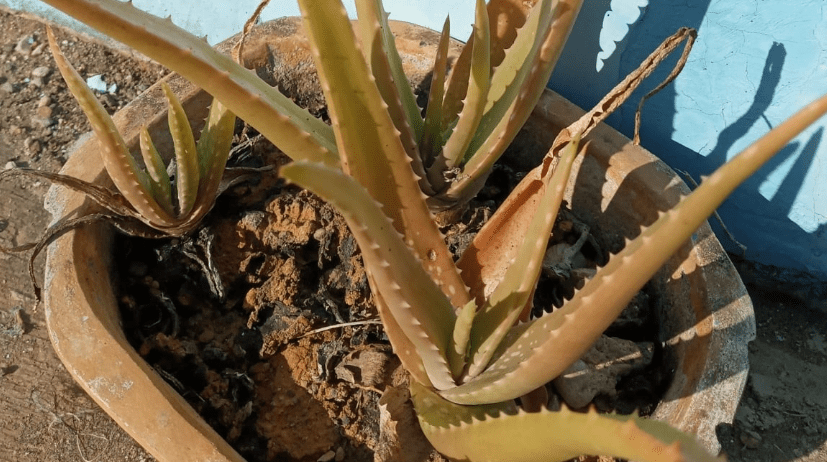
Excessive Sunlight
Can have negative effects on your aloe plant. If the plant is exposed to too much direct sunlight, the leaves can start to turn brown and become sunburned. To prevent this, it’s important to place your aloe plant in a location with bright, indirect sunlight. This will help to protect the leaves from getting sunburned and keep them healthy and vibrant. It’s also important to monitor the soil moisture levels, as excessive sunlight can cause the soil to dry out quickly. Make sure the plant is in well-draining soil and only water it when the top two inches of soil are dry to prevent the roots from becoming waterlogged. By finding the right balance of water and sunlight, you can ensure that your aloe plant thrives and continues to add beauty to your space.
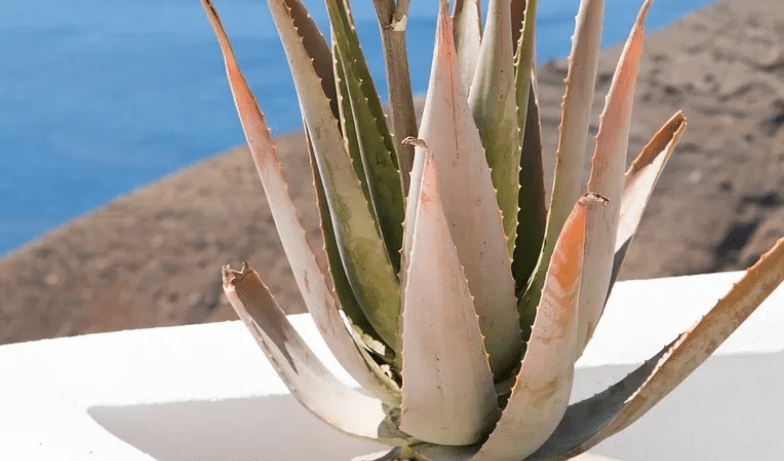
Nutrient Deficiencies
Occur when the body does not get enough of the essential nutrients it needs to function properly. This can happen for a variety of reasons, including poor diet, digestive issues, or health conditions. Common nutrient deficiencies include iron, vitamin D, vitamin B12, and calcium. These deficiencies can lead to a range of symptoms such as fatigue, weakness, dizziness, and brittle bones. It’s important to eat a balanced diet that includes a variety of fruits, vegetables, whole grains, and lean proteins to ensure you are getting all the essential nutrients your body needs. In some cases, supplementation may be necessary to address specific deficiencies. If you suspect you have a nutrient deficiency, it’s important to talk to your healthcare provider to determine the best course of action. Taking steps to address nutrient deficiencies can help improve your overall health and well-being.
Poor Soil Quality
Can have a significant impact on the growth and health of plants. When soil lacks essential nutrients, plants may struggle to thrive and produce healthy crops. This can be caused by a variety of factors, such as overuse of chemical fertilizers, erosion, and pollution. To improve soil quality, it’s important to focus on sustainable and organic farming practices. This can include using natural fertilizers, rotating crops, and practicing conservation tillage. Additionally, adding organic matter to the soil, such as compost or cover crops, can help improve soil structure and fertility. By taking steps to improve soil quality, farmers can ensure the long-term health of their crops and contribute to a more sustainable agricultural system.
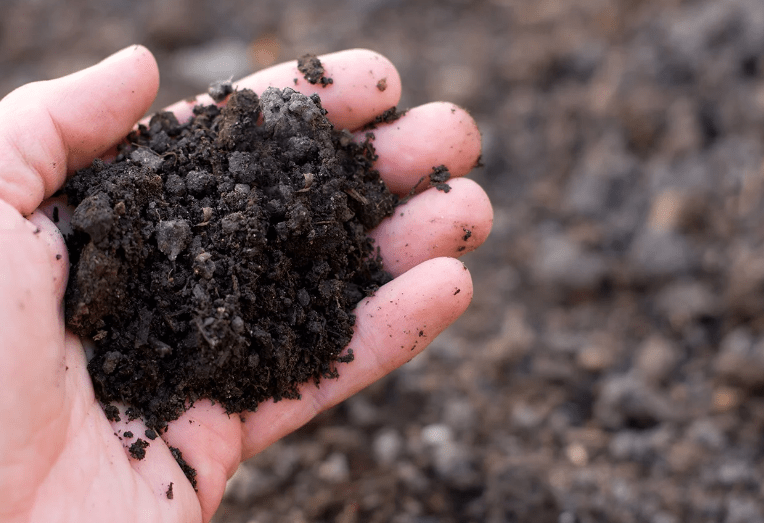
Temperature Extremes
Can have a significant impact on the environment and human health. Extreme heat can lead to heat exhaustion or heat stroke, especially in vulnerable populations such as the elderly or young children. It can also lead to dehydration and other heat-related illnesses. On the other hand, extreme cold can lead to frostbite or hypothermia, which can be life-threatening if not treated properly. It’s important to take precautions during temperature extremes, such as staying hydrated and finding ways to stay cool in the heat, and dressing warmly and staying indoors in the cold. It’s also important to check on vulnerable populations, such as the elderly or those with chronic illnesses, during temperature extremes to ensure their safety. By taking these precautions, we can protect ourselves and others from the dangers of temperature extremes.
Pest Infestations
Can have a significant impact on the environment and human health. Pests like rodents, insects, and other organisms can carry diseases and cause damage to property. It’s important to take steps to prevent pest infestations by keeping the environment clean and free of food sources that attract pests. Regular inspections and maintenance of buildings and structures can also help to prevent infestations. If an infestation does occur, it’s important to take action to eliminate the pests and prevent them from returning. This can include using traps, baits, and pesticides, as well as sealing off entry points to prevent future infestations. By taking these proactive measures, we can protect our health and the environment from the dangers of pest infestations.
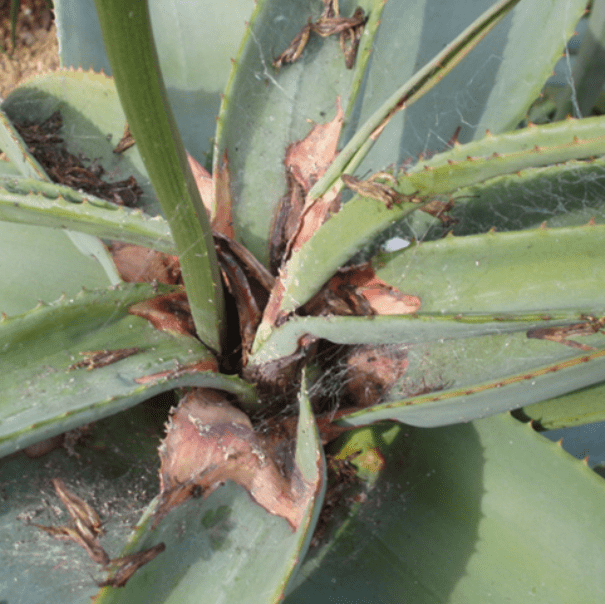
Fixes for Aloe Plant Brown Leaves
Adjusting Watering Practices:
Tips for creating a balanced watering schedule.
Creating a balanced watering schedule is essential for the health of your plants. Over-watering can lead to root rot, while under-watering can cause the leaves to wilt and turn brown. To create a balanced watering schedule, consider the specific needs of each plant. Some plants may require more frequent watering, while others may only need to be watered once a week. It’s important to water the plants in the morning to allow for adequate absorption before the heat of the day. Be mindful of the soil moisture levels and adjust your watering schedule accordingly. Using a moisture meter can help you determine when it’s time to water your plants. Additionally, consider the climate and season when creating your watering schedule, as plants may require more water during hot, dry weather. By carefully monitoring and adjusting your watering practices, you can ensure that your plants receive the proper amount of water for optimal growth and health.
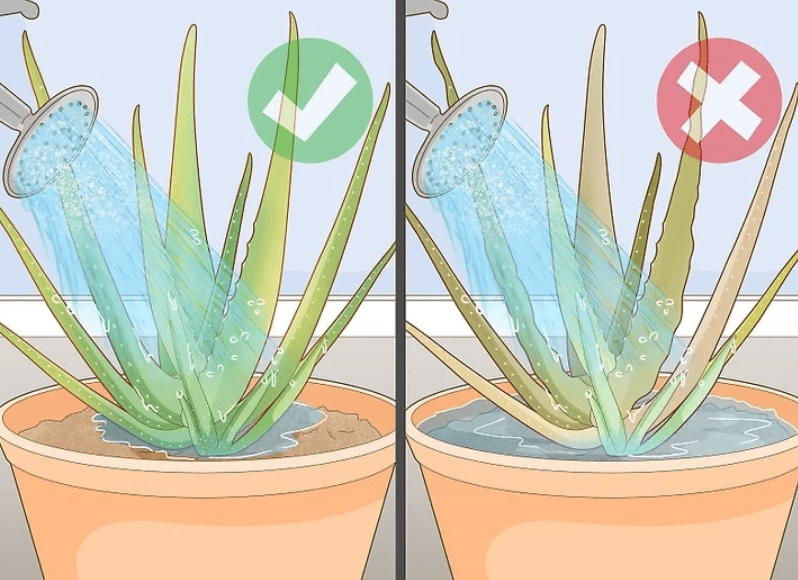
Providing the Right Amount of Sunlight:
Guidelines for optimal light exposure.
When it comes to optimal light exposure for your plants, it’s important to consider the specific needs of each plant. Some plants may thrive in direct sunlight, while others may require more shade. It’s important to research the specific light requirements for each of your plants and place them in an area that meets those needs. Consider the direction of natural light in your home or garden and place your plants accordingly. You can also supplement natural light with artificial grow lights if necessary. Be mindful of the duration of light exposure as well, as some plants may require longer periods of light while others may need shorter periods. Additionally, be attentive to the changing seasons and adjust your plant’s light exposure accordingly to ensure they receive the optimal amount of light for healthy growth. By following these guidelines, you can help your plants thrive through proper light exposure.
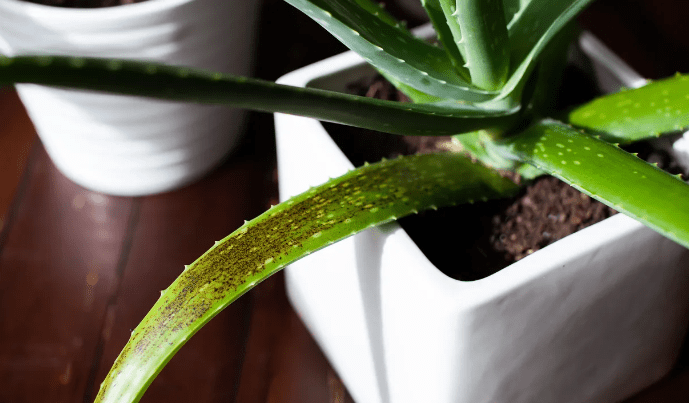
Improving Soil Quality:
How to amend soil for better drainage and aeration.
Amending soil for better drainage and aeration is essential for the health of your plants. To improve soil drainage, you can add organic matter such as compost or peat moss to the soil. This will help loosen compacted soil and allow water to drain more easily. Additionally, you can incorporate sand into the soil to improve drainage, especially in clay soils. For better aeration, consider adding perlite or vermiculite to the soil to create air pockets and improve oxygen flow to the roots. You can also use a garden fork or tiller to loosen compacted soil and improve air circulation. It’s important to test your soil’s pH and nutrient levels before adding any amendments to ensure that you are providing the proper balance for your plants. By amending your soil for better drainage and aeration, you can create an optimal growing environment for your plants and promote healthy root development.
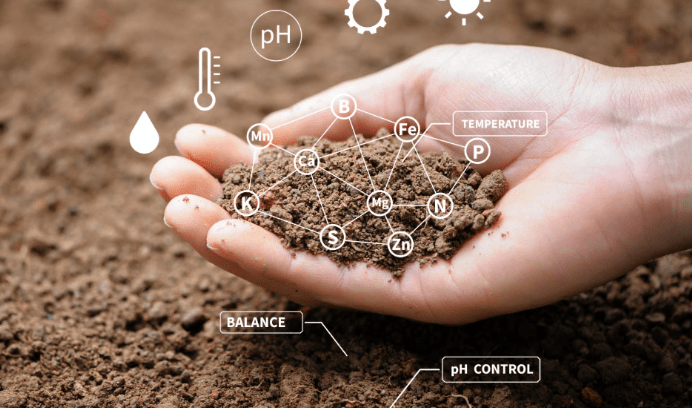
Correcting Nutrient Deficiencies:
Steps to properly fertilize and boost Aloe health.
- Improve soil drainage: Add organic matter like compost or peat moss to the soil to loosen compacted soil and allow for better water drainage. Incorporate sand to improve drainage, especially in clay soils. Adding perlite or vermiculite can also improve aeration and create air pockets for better oxygen flow to the roots.
- Test soil pH and nutrient levels: Before adding any fertilizers or amendments, it’s important to test the soil to ensure the proper balance of nutrients for your plants. This will help you determine what specific nutrients your Aloe may be lacking.
- Choose the right fertilizer: Once you know the nutrient deficiencies in your soil, choose a fertilizer that is specifically formulated for Aloe plants. Look for a balanced fertilizer with a higher phosphorus content to promote healthy root development.
- Apply fertilizer in moderation: Over-fertilizing can be harmful to Aloe plants, so it’s important to follow the instructions on the fertilizer package and apply it in moderation. Typically, fertilizing every 4-6 weeks during the growing season is sufficient.
- Water properly: After fertilizing, make sure to water the Aloe plant thoroughly to help the nutrients in the fertilizer reach the roots. However, be sure not to overwater, as Aloe plants are susceptible to root rot.
By following these steps, you can properly fertilize and boost the health of your Aloe plant, promoting strong root development and overall plant vitality.
Protecting Against Pests:
Natural remedies and treatments for common pests.
When it comes to natural remedies and treatments for common pests, there are a few key things to keep in mind. First, it’s important to choose the right fertilizer for your plants. Once you know the nutrient deficiencies in your soil, choose a fertilizer that is specifically formulated for the type of plant you are growing. For example, for Aloe plants, look for a balanced fertilizer with a higher phosphorus content to promote healthy root development. However, it’s important to apply fertilizer in moderation, as over-fertilizing can be harmful to plants. Follow the instructions on the fertilizer package and apply it every 4-6 weeks during the growing season.
In addition to proper fertilization, it’s important to water your plants properly after fertilizing. This will help the nutrients in the fertilizer reach the roots. However, be sure not to overwater, as this can lead to root rot. By following these steps, you can properly fertilize and boost the health of your plants, promoting strong root development and overall plant vitality.
When it comes to protecting against pests, there are also natural remedies and treatments that can be used. For example, you can use neem oil, insecticidal soap, or horticultural oils to control pests such as aphids, spider mites, and mealybugs. These natural remedies are effective at controlling pests while being safer for the environment and beneficial insects. Additionally, you can use physical barriers such as row covers or netting to protect your plants from pests. And don’t forget about beneficial insects such as ladybugs and lacewings, which can help control pest populations in your garden.
Overall, by choosing the right fertilizers and using natural remedies and treatments for common pests, you can help promote the health and vitality of your plants in a safe and environmentally friendly way.
Managing Temperature Fluctuations:
How to protect your Aloe from temperature extremes.
Aloe plants are sensitive to temperature extremes, so it’s important to protect them from harsh weather conditions. To protect your Aloe from extreme cold, you can bring them indoors during the winter months or cover them with a frost cloth or blanket. Make sure to uncover them during the day to allow sunlight and air circulation. If you live in a hot climate, provide some shade for your Aloe to protect them from intense sunlight and high temperatures. You can also move them to a cooler location during the hottest part of the day. Additionally, planting them in well-draining soil and using a layer of mulch can help regulate the soil temperature and protect their roots. By taking these steps, you can ensure that your Aloe plants stay healthy and thrive despite temperature fluctuations.
In conclusion, the most common reasons for aloe plant leaves turning brown are overwatering, underwatering, or exposure to extreme temperatures. To fix and prevent this issue, make sure to water your aloe plant sparingly, provide it with adequate sunlight, and avoid placing it in drafty or extremely hot conditions. Additionally, consider repotting your aloe plant if it has outgrown its current container. By following these tips, you can ensure that your aloe plant remains healthy and vibrant.
Frequently asked questions And Answer
The most common reasons for brown leaves on an aloe plant are overwatering, underwatering, or too much direct sunlight.
If the leaves are brown due to overwatering, allow the soil to dry out before watering again. If the issue is underwatering, water the plant more frequently. If the plant is getting too much direct sunlight, move it to a shadier location.
In most cases, brown leaves on an aloe plant cannot be saved and should be trimmed off to promote new growth.
Aloe plants should be watered deeply but infrequently, about every 3-4 weeks, allowing the soil to dry out completely between waterings.
Aloe plants prefer bright, indirect light but can tolerate lower light conditions. However, they may not thrive as well in low light.
Yes, aloe plants can also suffer from root rot, mealybugs, and scale insects, so it’s important to regularly inspect the plant for any signs of these issues.
